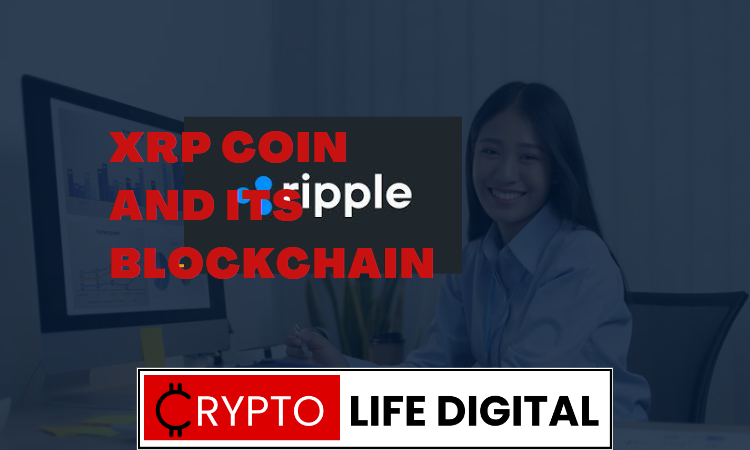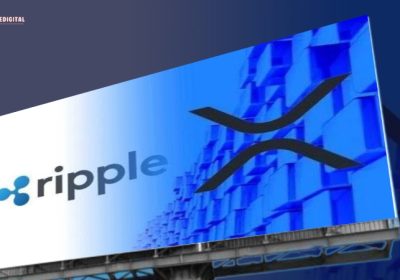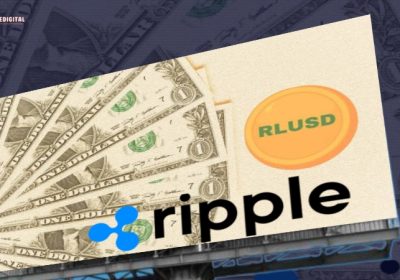What To Know About Ripple and XRP

Ripple is a blockchain-based platform that was designed to facilitate faster, cheaper, and more secure cross-border payments. The platform was created by Ripple Labs Inc. in 2012 and is based on a decentralized ledger technology called the XRP Ledger.
XRP is the native digital currency of the Ripple network. It was created as a means of facilitating faster and more cost-effective cross-border payments. Unlike traditional fiat currencies, XRP is a decentralized cryptocurrency that is not controlled by any central authority. It is designed to be used as a bridge currency for facilitating transactions between different currencies.
In this article, we will explore the key features and benefits of Ripple and XRP, as well as the challenges and opportunities they present for the wider cryptocurrency industry.
Read Also: A Prominent Crypto Analyst Claims That XRP Could Experience A Surge Up To 47% Shortly. Here’s Why
Key Features of Ripple and XRP
One of the key features of Ripple and XRP is their speed and efficiency. Transactions on the Ripple network can be completed in just a few seconds, compared to several minutes or even hours for traditional cross-border payments. This is made possible by the use of XRP as a bridge currency, which allows for near-instant settlement of transactions.
Another important feature of Ripple and XRP is their low transaction fees. Compared to traditional cross-border payment systems, which can charge high fees for international transactions, Ripple offers a much more cost-effective alternative. This is particularly beneficial for businesses and individuals who need to make frequent cross-border payments.
In addition to these features, Ripple and XRP also offer a high degree of security and reliability. The decentralized nature of the XRP Ledger means that it is not controlled by any single entity, making it more resistant to hacking and other forms of cyber attacks. Moreover, the use of blockchain technology ensures that transactions on the Ripple network are immutable and transparent, providing users with an additional layer of security.
Benefits of Ripple and XRP
One of the main benefits of Ripple and XRP is their potential to transform the global payments industry. By offering faster, cheaper, and more secure cross-border payments, Ripple has the potential to disrupt traditional payment systems and reduce the barriers to international trade and commerce.
Read Also: Recent Investigation Reveals That More Than 6 Billion LUNC Tokens Linked To The Terra Classic Hack
Another important benefit of Ripple and XRP is their potential to increase financial inclusion. With over 1.7 billion people around the world still lacking access to basic financial services, there is a growing need for more accessible and inclusive payment systems. Ripple’s technology has the potential to address this need by enabling low-cost, fast, and secure cross-border payments for individuals and businesses in developing countries.
Challenges and Opportunities
Despite the many benefits of Ripple and XRP, there are also several challenges and opportunities that the platform faces.
One of the main challenges facing Ripple is regulatory uncertainty. As a cryptocurrency-based platforms, Ripple and XRP are subject to a complex and rapidly evolving regulatory landscape. This has led to some uncertainty and confusion among users and investors and has also led to legal challenges and enforcement actions against Ripple.
Another challenge facing Ripple is the competition from other blockchain-based payment platforms. While Ripple was one of the first platforms to offer fast and efficient cross-border payments, there are now a growing number of competitors in the space. These include platforms such as Stellar, Ethereum, and Bitcoin, all of which offer their unique features and benefits.
Despite these challenges, there are also many opportunities for Ripple and XRP in the years ahead. With the growing demand for faster, cheaper, and more secure cross-border payments, there is a significant opportunity for Ripple to expand its user base and increase its market share. Moreover, with the growing adoption of blockchain technology across a wide range of industries, there is also the potential for Ripple to play a leading role in the broader blockchain ecosystem.
In conclusion, Ripple and XRP represent a significant development in the global payments industry. By offering faster, cheaper, and more secure cross-border payments, Ripple has the potential to disrupt traditional payment systems and increase financial inclusion for individuals and businesses around the world.
Follow us on Twitter, Facebook, Telegram, and Google News

Cryptolifedigital is a cryptocurrency blogger and analyst known for providing insightful analysis and commentary on the ever-changing digital currency landscape. With a keen eye for market trends and a deep understanding of blockchain technology, Cryptolifedigital helps readers navigate the complexities of the crypto world, making informed investment decisions. Whether you’re a seasoned investor or just starting out, Cryptolifedigital’s analysis offers valuable insights into the world of cryptocurrency.










